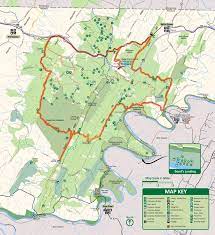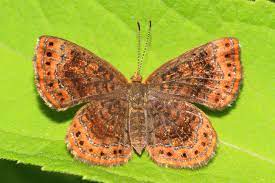NHSM Lep Club June Meeting – Open to All!
In partnership with the North American Butterfly Association, Rick Borchelt from LepLog (https://leplog.wordpress.com/) is initiating a new annual butterfly count centered in Green Ridge State Forest, Maryland. If you love butterflies, consider joining in this community science initiative on July 10 (rain date July 11).
Green Ridge State Forest (GRSF) is an exceedingly diverse network of habitats in the Ridge and Valley Province of Maryland, and at 50,000 acres is the largest contiguous block of public land in Maryland. This habitat diversity makes GR one of the most important butterfly areas in the mid-Atlantic including species of conservation concern like Olympia Marble, Pepper and Salt Skipper, Cobweb Skipper, Appalachian Azure, Silvery Blue, and Giant Swallowtail, and a favored destination for lepidoptera enthusiasts regionally. Yet, our systematic understanding of butterfly diversity and their populations in the area is still rudimentary for many species, and we have little or no year-on-year understanding of their population dynamics.
This year the count will be July 10 (rain date July 11) in hopes of catching the metalmark flight. The circle was constructed to capture a diversity of butterfly habitats, from shale barrens to mature forest to ridgetop meadows to Potomac River frontage. Plus, it’s an easy day trip from most central MD, southern PA, northern VA, and eastern WV locations.
Teams of observers will deploy across the count circle among approximately 15 sectors, and sector leaders and volunteers are needed to help! Come learn more about Green Ridge and this new butterfly count.
Bio: Rick Borchelt is director of communications and public affairs for the US Department of Energy’s Office of Science. He was a member of the National Academy of Science’s (NAS) roundtable on Public Interfaces in the Life Sciences, served on the National Academy of Engineering’s study of engineering communication, and most recently completed a stint on the NAS’ study committee on the future of biological collections. He currently serves on the editorial board of the peer-reviewed journal Science Communication. Originally trained in botany and entomology, his current areas of interest include trust in science, communication challenges for basic science, citizen science in natural history, and developing community based public engagement in science. He is an avid birder who lives in College Park, MD.



